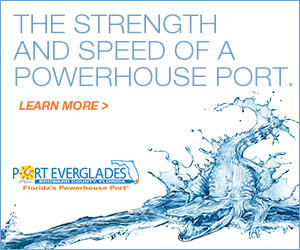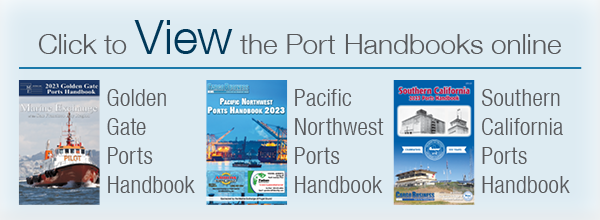|
By Anna Denecke, Associate, Blakey & Agnew
Summer in Washington is usually associated with sweltering heat and quiet Congressional recesses, but this year, the U.S. Department of Transportation (UDSOT) is keeping busy. First, on July 7, Transportation Secretary Anthony Foxx notified Congress of projects selected to receive funding from the inaugural year of the FASTLANE grant program.
FASTLANE is a megaprojects competitive grant program designed to fund freight and highway projects around the country. The program was applauded by lawmakers and stakeholders alike when it was signed into law last December, as it was seen as infusing much-needed federal funding into commerce network improvements. FASTLANE is already oversubscribed – USDOT reported in May that 212 applications requested a total of $9.8 billion dollars – almost 14 times more funding than available in the first round.
Freight projects are often large-in-scale and cross multiple jurisdictional boundaries, making them harder to fund through traditional mechanisms, such as formulas. A freight-focused competitive grant program like FASTLANE, aimed at providing funds to the "best and brightest" applicants, can bridge funding gaps, encourage innovation, and improve the overall competitiveness of the American economy. FASTLANE was authorized through the FAST Act with $4.5 billion, over five years, in contract authority from the Highway Trust Fund.
Nearly $800 million was awarded by USDOT in the first round of FASTLANE, including $173 million to multimodal projects. The 18 FASTLANE awards ranged from $165 million for the Atlantic Gateway project in Virginia to $5 million for a grade separation project in the City of Tukwila, Washington.
Nearly $50 million was awarded to the California Department of Transportation to construct the final segment of a new freeway to the future Otay Mesa East Port of Entry on the U.S.-Mexico border. The Florida Department of Transportation received nearly $11 million for an Intelligent Transportation System (ITS) to detect available truck parking throughout 74 public facilities in the state.
|

Idaho was awarded $5.1 million to improve nine miles of U.S. 95 in Kootenai County, for better connectivity to adjacent local roads and businesses. UDSOT provided the Port of New York and New Jersey $10.7 million for landside infrastructure improvements, including improving a transloading dock and double-tracking freight lines. While some critical freight projects did receive funding in the inaugural round of FASTLANE, several major freight hubs around the country, including Chicago, Memphis, and Los Angeles, did not.
Also in July, USDOT announced the eighth round of recipients for Transportation Investment Generating Economic Recovery (TIGER) grant awards. TIGER, which was first authorized in 2009 as part of the American Recovery and Reinvestment Act, has continued each fiscal year as an appropriations program. This year, Congress provided the program with $500 million of funding.
Demand for TIGER funding continues to be high, and the 40 winners competed among 585 eligible applications from all 50 states and several territories and tribal communities, according to USDOT. Collective requests totaled $9.3 billion.
Unfortunately, freight fared poorly this year when compared to previous award rounds. According to the Coalition for America's Gateways and Trade Corridors (CAGTC), approximately $130 million, or 26 percent of available funds, went to freight projects or projects with a freight component this year. That compares to 44 percent of available funds last year and a high of 53 percent in 2009.
Blakey & Agnew, LLC is a public affairs and commu-
nications consulting firm based in Washington, DC.
|





